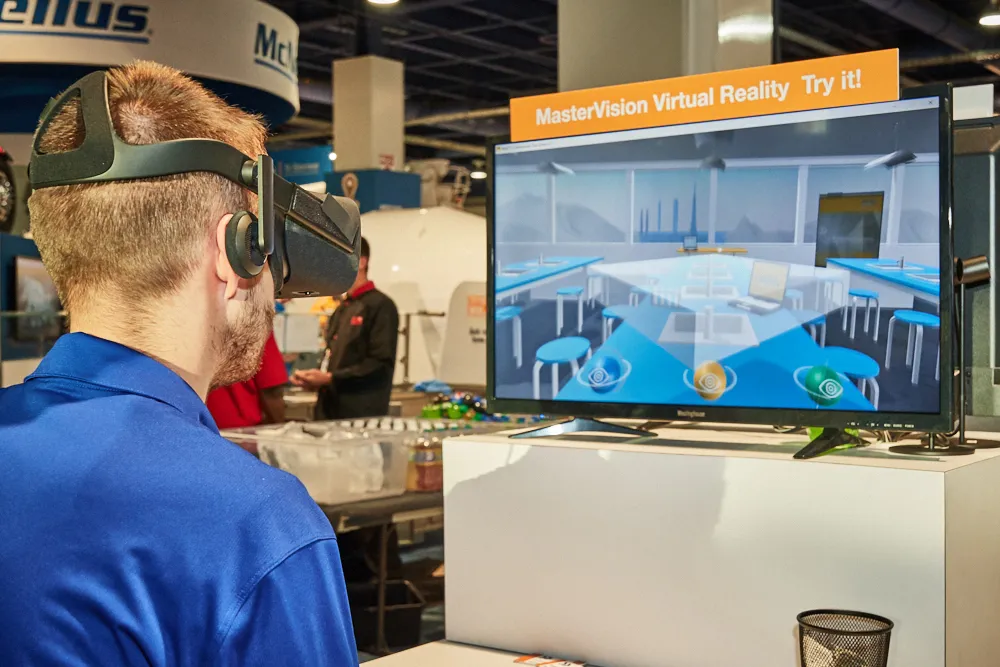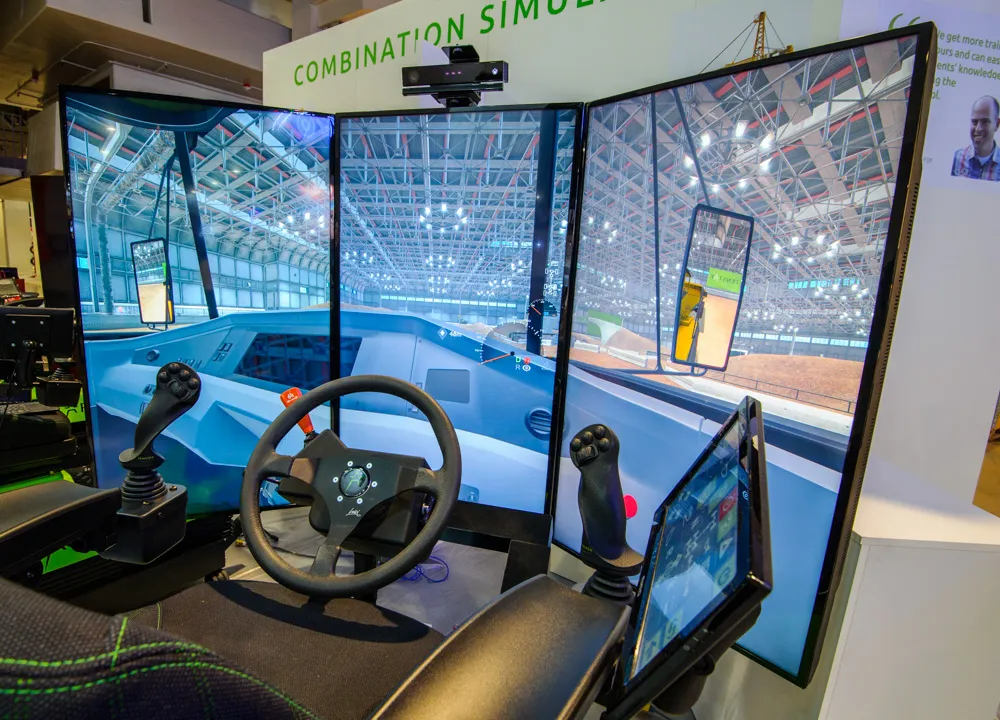
Users experience the virtual environments via a headset connected to a computer running the models. BASF has introduced the system with a set of virtual worlds, including a virtual city with digital models of some the world’s most iconic skyscrapers including One World Trade Center in New York, Burj Khalifa in Dubai, and the mile-high Kingdom Tower under construction in Jeddah – all of which have used BASF technologies in their construction.
Users can also take a tour of a virtual laboratory to experience how several BASF Master Builders Solutions technologies can potentially help enhance projects.
In another digital development, BASF has launched a smartphone application called Concrete Now! that provides instant access to information on concrete properties for US and Canadian users. Aimed at contractors, engineers, architects and producers, the app includes items on design factors, as well as interactive tools that answer questions on concrete slump, air, finishability and set time.
The app includes the Synthetic Fiber Dosage Wizard that helps determine the type and proper dosage of synthetic fibrillated fibres or microfibres required to replace small diameter bars or welded-wire reinforcement. The Surface Evaporation Wizard and Concrete Temperature Calculators help users understand the effects of ambient conditions on concrete.
Concrete Now! can be downloaded free from Apple, Google Play or Windows app stores.









